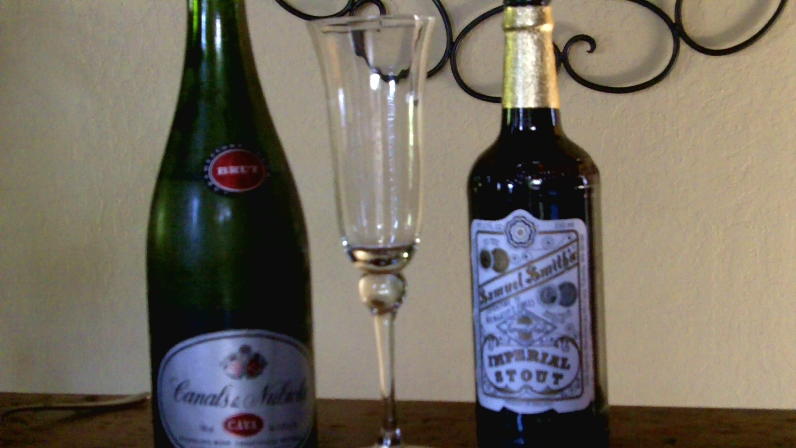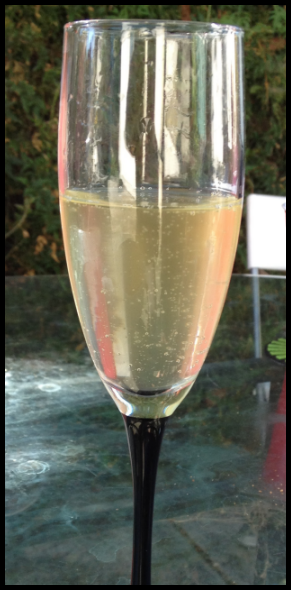Secret Champagne Treasure Discovered
Secret Champagne Treasure Discovered.
Recently, some deep sea treasure divers found what could be one of the greatest ocean discoveries to date. No, it’s not a Caribbean shipwreck, carrying an abundance of silver coins and gold nuggets, nor would it have any resemblance to Loch Ness or any other mysterious deep sea creature. This time, we’re talking liquid gold – yes, that’s right, 230 year old Champagne. And when I say ‘liquid gold,’ that is no longer a metaphor. This is true treasure. Estimates of what one of these bottles could go for in auction is €50K, or ~$65K.
As it stands, there has never been an intact bottle of Champagne discovered dating this far back in history. We’re talking early-French Revolution here. As a matter of fact, although no label is attached to the hand-blown bottle, the cork implies that this is an official bottle from the infamous Veuve Clicquot (Widow Clicquot) herself. It is speculated that these may have been from France’s King Louis the XVI destined for the Russian Imperial Court, which would make them even more valuable.
It just so happens that I am currently reading the biography of the Widow Clicquot, a female pioneer for the Champagne industry, and if this is an actual Veuve Clicquot bottle, it is likely to be one of their first. This was essentially the beginning of Champagne history, when the bubbles were just being understood and perfected, and the drink was increasing in popularity and volume. Here’s the most enticing part – the bottom of the Baltic ocean floor is apparently the best environment to keep Champagne bottles in, with limited light and cool temperatures. These bottles are completely drinkable!! So far, they have counted 30, but there could be more…
The big question I had was regarding taste – how does it taste? Someone must have had a taste so far, since they are saying it is in fact drinkable…Of course only a few lucky individuals have tasted, including wine expert Ella Gruessner Cromwell-Morgan, who claimed it to be ‘absolutely fabulous’ and that it had not lost its fizz. She also says the color is dark and the taste is still very sweet which may be surprising, but from what I am reading of early 18th century champagnes, they were much sweeter than today’s and naturally darker in color as well. Her additional notes on aroma specified, ‘There’s a lot of tobacco, but also grape and white fruits, oak and mead.’
My final and most nagging question has to do with location. Where are these bottles being kept? At this point, a decision has been made to keep the bottles in their current (safe) location, underwater in a dusty dark corner of a 230 year old shipwreck, somewhere deep in the Baltic Sea. After all, they have been so well-preserved until now, why remove them from these near-perfect storage conditions? Until the rights of ownership are established, the exact whereabouts of these bottles remains a mystery…
(if you decide to dive the Baltic Sea yourself in search of the bottled treasures, I’ve included an image of liquid gold’s secret spot for reference – good luck!)


